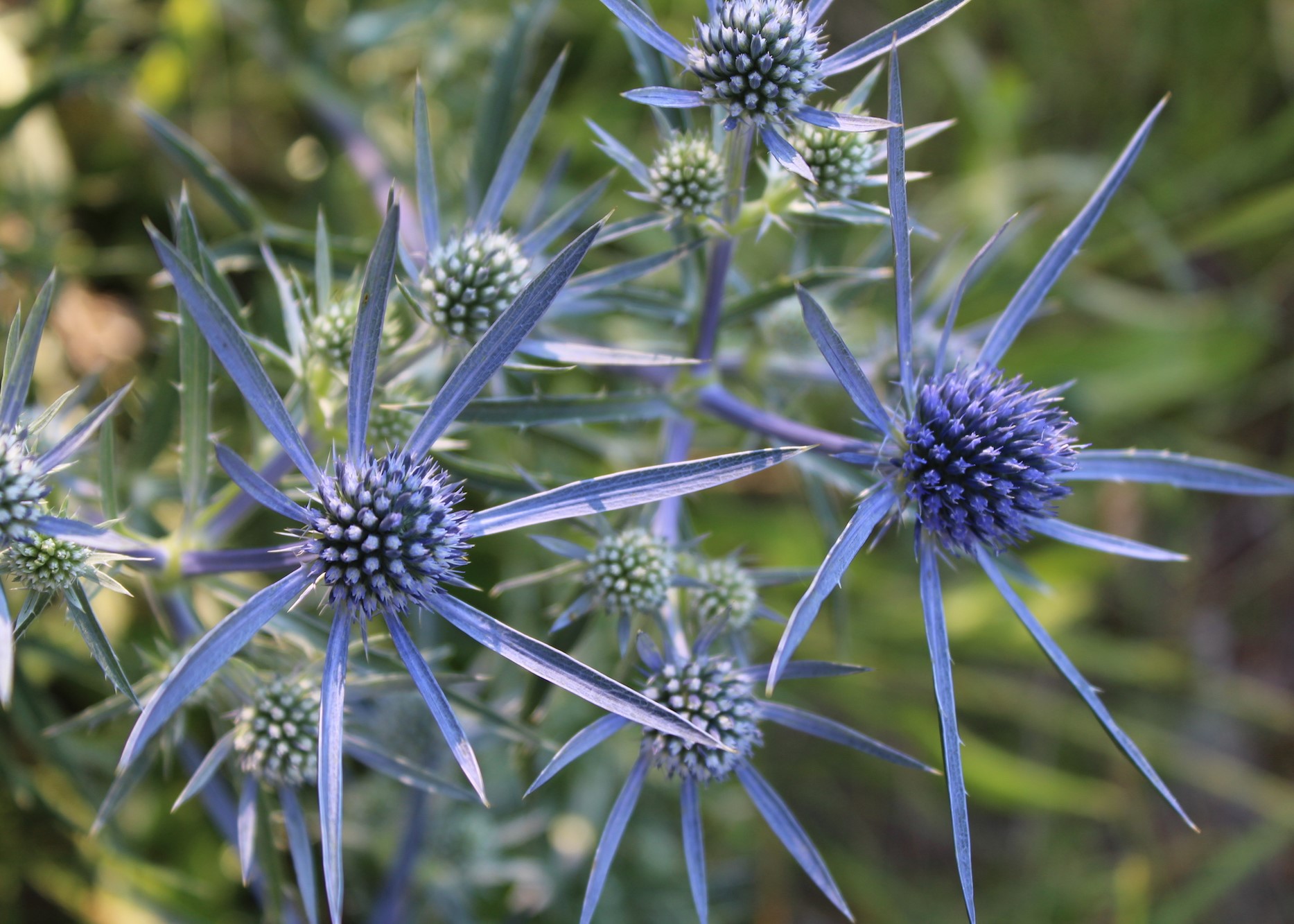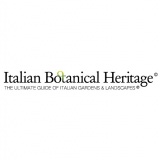
 Italian Botanical Heritage
Italian Botanical Heritage
Italian gardens: Carsiana Botanical Garden
- WTI Magazine #125 Mar 16, 2020
-

 Italian Botanical Heritage
Italian Botanical Heritage
The Carsiana Botanical Garden is located in the Karst plateau, inside a sinkhole in the municipality of Sgonico, 18 kilometres from Trieste. In the Carsiana Botanical Garden, covering an area of 5000 square meters, there are about 600 plant species of the 1,600 indigenous species of the Karst, distributed in their respective environments.
Thanks to the particular orography of the garden (the entrance is at 262 metres above sea level, the lawn can be mowed at 253 metres, the Karst well reaches a depth of 40 metres), it is divided into several ecosystems typical of the Karst landscape, favored by the orography of the garden, each of which is described by explanatory panels.
Karst woodland: it is the most widespread environment on the Karst plateau, formed rapidly after the Second World War with the abandonment of grazing. It is characterized by the reduced layer of land and the permeability of the rocky substratum, which determine the development of a sparse tree cover, mostly in shrubby form, formed by oaks (Quercus petraea) and turkey oaks (Quercus cerris), black hornbeam (Ostrya carpinifolia), hornbeam (Fraxinus ornus), lacero (Acer campestre) and trilobus maple (Acer monspessulanum), and a shrubby layer, formed by cornel (Cornus mas), canine cherry (Prunus mahaleb), scotan (Cotinus coggygria) and other species. At herbaceous level dominates the graminaceous Sesleria autumnalis, but there are also the wild peony (Paeonia officinalis) and the ash (Dictamnus albus).
Gravel: the soil in this part is steep and unstable and water and nutrients are scarce. In fact, the plant cover is sparse, formed by endemic species such as Festuca spectabilis, Drypis spinosa and Biscutella laevigata, Campanula pyramidalis, Galium lucidum, Sempervivum tectorum and Genista holopetala.
Karst forest: it is dominated by oak (Quercus petraea), chestnut (Castanea sativa), brooms (Genista germanica, Genista pilosa, Genista tinctoria) and the graminaceous Sesleria autumnalis.
Karst heath: it has a zoogenic origin, i.e. it is born from the pressure of sheep and goats grazing, leading to the formation of vegetation capable of withstanding trampling and grazing, forming a discontinuous and low pigskin. There are endemic species such as strawberry velvet (Potentilla tommasiniana) and gentianella primaticcia (Gentiana primaticcia), Centaurea rupestris and Carex humilis. The heath blooms take place between March and August; Potentilla tommasiniana illyrica, Centaurea crestata, Iris illyrica and Gentiana tergestina can be recognized. The turf is composed of Carex humilis and Stipa eriocaulis fairy linen.
Coastal cliffs: the vegetation is dominated by the Mediterranean maquis, in particular the holm oak (Quercus ilex), together with Laurus nobilis, Phillirea latifolia, Viburnum tinus, Rubia peregrina, Lonicera etrusca, Ostrya carpinifolia, Fraxinus ornus, Acer monspessulanum. Among the aromatic and thorny species are Salvia officinalis, Pistacia terebinthus, Myrtus communis, Asparagus acutifolius.
Mediterranean garden: along the small slope there are typically Mediterranean plants, such as cysts, brooms, Arbutus unedo, Capparis spinosa, Ceratonia siliqua, Juniperus communis, J. phoenicea, J. oxycedrus, Opuntia ficus-indica, Paliurus spina-crhisti, Phillirea latifolia, Punica granatum, Quercus coccifera, Quercus ilex, Ziziphus sativus.
Mowable Meadow: it is the typical fresh meadow of grass and flowers, which do not bear the trampling, to be mowed once a year to produce hay for livestock. Among the species present, veronicas, Buthacus salicifolius, Campanula rapunculoides, Coronilla varia, Filipendula vulgaris, Knautia drymeia, Salvia pratensis.
Doline forest: among the tree species prevails the white hornbeam (Carpinus betulus), in the undergrowth there is asaro (Asarum europaeum), dog's tooth (Erythronium dens canis), the orobo primaticcio (Latyhrus vernus), the white anemone (Anemone nemorosa), the columbine anemone (Isopyrum thalictroides) and the diacinth acceso (Scilla bifolia).
Mountain Karst: conditions of freshness and humidity, due to the water flowing in underground tanks, allow the presence of species such as the rhododendron (Rhododendron hirsutum), the dwarf rhododendron (Rhodotamnus chamaecistus), the alpine chamedrion (Dryas octopetala), Primula carniolica and Scopolia carniolica.
Water bodies: water flows along underground paths, leaving the surface devoid of aquatic environments, with a few exceptions represented by ponds, small depressions in the ground that collect rainwater used for watering and for supplying water to the populations. There grow characteristic hygrophilous species, such as the false acorus (Iris pseudacorus), and the senecio (Senecio paludosus), the rushes (Juncus inflexus and Juncus articulatus), the water-lily (Nymphaea alba) and the water lily (Nuphar lutea).
Karst well: it is a 40-metre deep cavity, where the development of vegetation follows a certain gradient of temperature, brightness and humidity. There are ferns, deer tongue (Phyllitis scolopendrium), mosses such as Thamnium alopecurum, green and blue algae.
Flowers of medicinal, medicinal and poisonous plants: located at the entrance to the garden, they have been created for educational purposes.